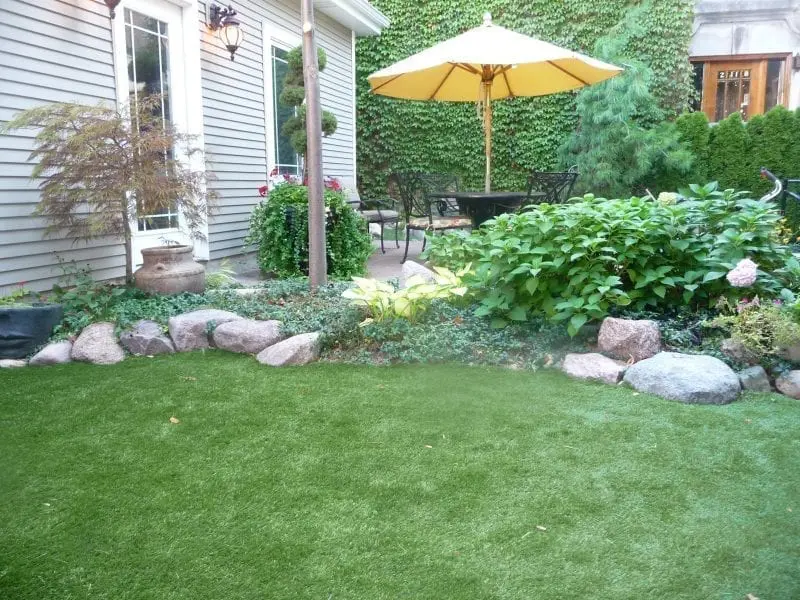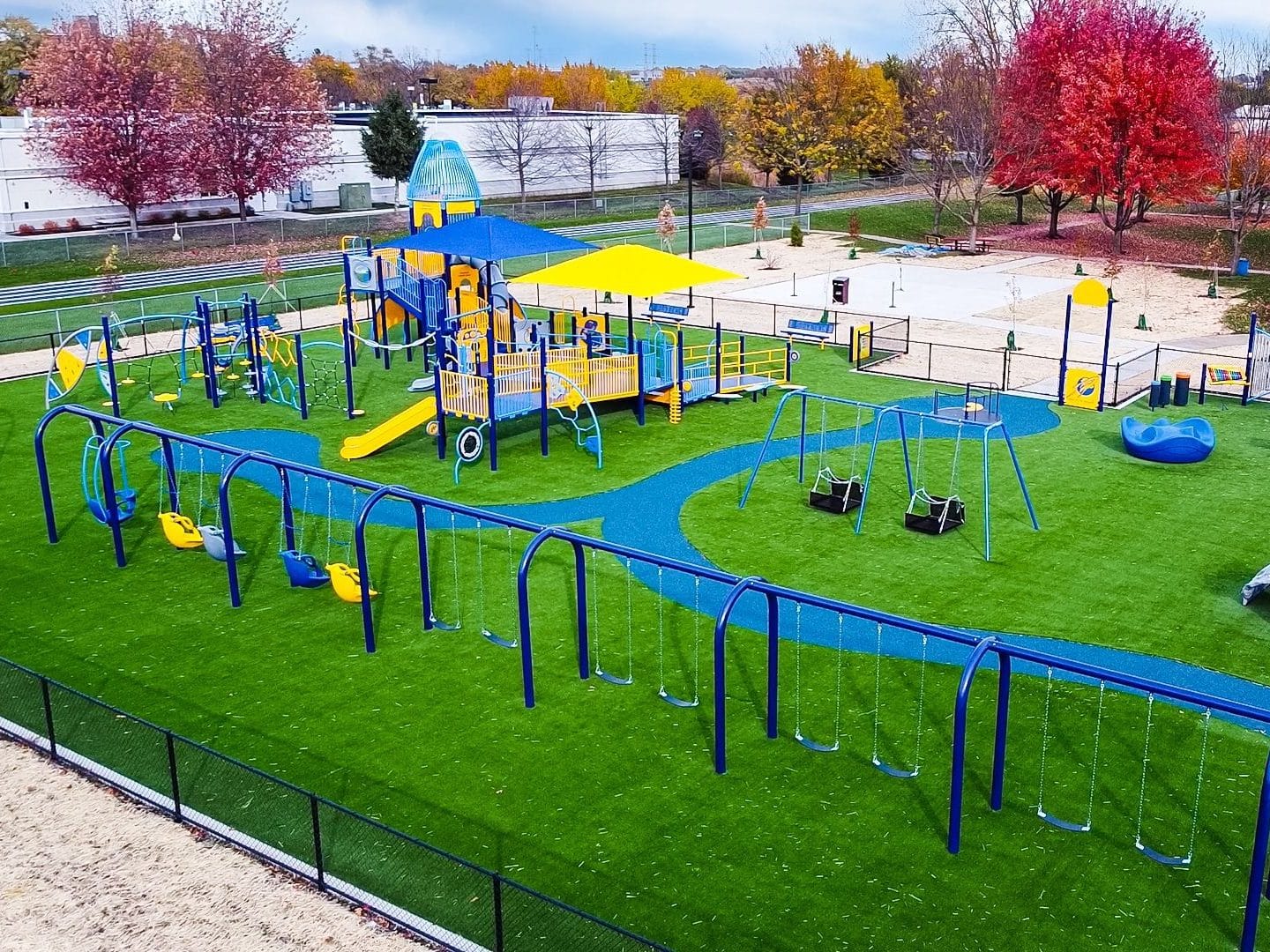
aintaining the perfect lawn takes patience, practice, and persistence. It’s a nonstop challenge, year after year that could cost you plenty of green. That’s why many community parks, golf courses, and homeowners are switching to synthetic turf.
Synthetic turf, also called artificial grass, is also a safer option for dog runs. It doesn’t need chemical fertilizers or herbicides that can sicken or kill your pet. And dog urine and poop won’t hurt your synthetic lawn. It’s also easier when it comes to clean-up!
Xeriscape Explained
Xeriscaping is landscaping designed to conserve water in areas prone to drought. Pronounced “zee-ruh-scape,” xeriscaping simply means landscaping for minimal water use. In the Southwest, where the practice has caught on, that typically involves succulent plants such as cacti, aloe vera, and native plants that can survive with minimal watering. But in the rest of the country, where cacti don’t thrive, xeriscaping means weather-resistant plants that can withstand drought and need little maintenance. Usually, that translates to native plants.
The Chicago Botanic Garden has several xeriscape-friendly plant suggestions for Chicagoland, and singles out the Midwestern native blue false indigo for consideration.
Synthetic turf — with a water requirement of exactly zero — complements the xeriscape concept nicely.
Fall and Winter Maintenance
Living in northern climates, you know how dull the lawn looks once the temperature drops. You’re also aware of the pre-winter maintenance tasks that are essential to get your lawn to return again in the spring. Artificial turf won’t have that dormant look. Of course, you’ll still want to get outside in the spring to add some native flowers such as elderberry or wild columbine to give your yard a splash of color.
When You Say ‘Yes’ to Synthetic Turf
Although northern parts of the US see a significant amount of rainfall, a dry spring and summer mean most lawns and flowerbeds need a good deal more water to survive. The U.S. Environmental Protection Agency says the average American family uses about 320 gallons of water a day. Of that, 30% goes toward irrigating the lawn. That figure doubles in drier climates.
Synthetic turf now looks like real grass. It doesn’t give off that “fake” appearance as it did decades ago. Often people have to bend down and touch it to tell whether it is synthetic turf or not.
There are some dead giveaways when it comes to synthetic turf. You won’t see the weeds popping up every spring, nor the grubs and other lawn pests and diseases. If you like gophers and moles, too bad. Your synthetic turf won’t attract them. But it will stay green under tree canopies and on rooftops.
Maintenance
Artificial grass does need some maintenance if you want it looking nice, season after season. You’ll need a lawn sweeper, leaf blower or garden vacuum to blast away the dirt. Hosing off the turf washes away dust and pollen, and it’s a good idea to remove the leaves in the fall so they don’t break up and clog your drainage holes come spring.
Pets are relatively easy to clean up after. For solid wastes, use a pooper scooper or plastic bag. Urine should be hosed off frequently. A special type of artificial grass is best for homes with outdoor pets. It includes a turf deodorizer to reduce the ammonia smell of urine.
Recognized as environmentally-friendly, artificial turf saves more than water. Because it doesn’t require mowing, it doesn’t consume gasoline or motor oil, and you’re reducing emissions and your carbon footprint on planet Earth. Because it doesn’t need pesticides, you’re keeping the environment free of harmful chemical byproducts, and other pollutants and toxins. The lack of need for fertilizer also protects local water supplies and wildlife.
Original post by Olivia Stevens. Olivia Stevens designs homes that practically run themselves. She credits her own laziness for inspiring her to find the latest smart-tech device on the market for each one of her home makeovers. You can bet her own home has a self-watering garden, synthetic turf, automatic locks, and lights that turn on at dusk.



